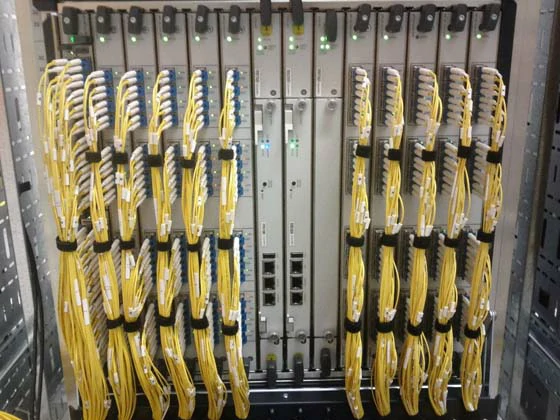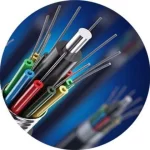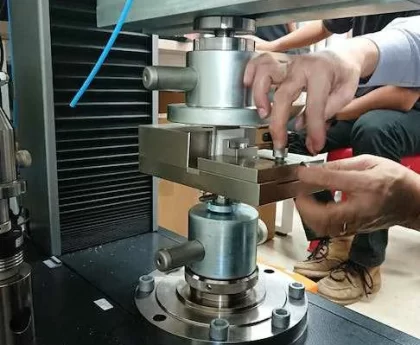RF Coaxial Cable Insertion Loss
Introduction:
RF coaxial cables are widely used in various industries, including telecommunications, broadcasting, and electronics. These cables play a crucial role in transmitting high-frequency signals with minimal loss. However, like any transmission medium, coaxial cables experience insertion loss, which can affect signal quality and system performance. In this article, we will explore the concept of RF coaxial cable insertion loss and its impact on communication systems.
What is Insertion Loss?
Insertion loss refers to the attenuation of signals as they pass through a cable or connector. It is the measurement of the signal power lost in the transmission process. In the case of RF coaxial cables, insertion loss occurs due to various factors, such as cable length, cable material, and connector quality. The loss is usually measured in decibels (dB) and is directly proportional to the frequency of the signal being transmitted.
Causes of Insertion Loss:
Several factors contribute to the insertion loss in RF coaxial cables:
1. Cable Material: The choice of cable material significantly affects the insertion loss. Higher-quality cables with low resistance and dielectric loss offer better signal transmission and lower insertion loss.
2. Cable Length: Longer cables introduce more insertion loss due to the increased distance the signal travels. As the signal propagates along the cable, it encounters resistance and other losses, leading to signal degradation.
3. Connector Quality: The connectors used to join coaxial cables can introduce additional insertion loss if not properly designed or poorly connected. High-quality connectors with low impedance mismatches are essential for minimizing loss.
4. Frequency: The higher the frequency of the signal, the more susceptible it is to insertion loss. This is because higher-frequency signals encounter more resistance and dielectric losses within the cable.
Impacts of Insertion Loss:
Insertion loss can have several negative impacts on communication systems:
1. Signal Degradation: Higher insertion loss results in a decrease in signal strength, leading to diminished signal quality. This can cause distortion and errors in data transmission, affecting the overall performance of the system.
2. Range Limitation: As the signal weakens due to insertion loss, the effective range of communication is reduced. This can be particularly problematic for wireless communication systems where coverage area is critical.
3. Signal-to-Noise Ratio: Insertion loss increases the noise level in the received signal, reducing the signal-to-noise ratio. A lower signal-to-noise ratio can make it challenging to distinguish the desired signal from background noise, affecting system reliability.
4. System Cost: In some cases, to compensate for high insertion loss, amplifiers or repeaters may be required along the transmission line. This increases the complexity and cost of the system.
Minimizing Insertion Loss:
To minimize insertion loss in RF coaxial cables, several measures can be taken:
1. Use High-Quality Cables: Investing in high-quality coaxial cables with low resistance and dielectric loss can significantly reduce insertion loss.
2. Proper Cable Routing: Avoid sharp bends or kinks in the cable, as they can introduce additional losses. Use proper cable management techniques to ensure smooth routing.
3. Connector Quality: Select connectors that are properly designed and ensure a good connection between the cables. Regularly inspect and clean connectors to maintain optimal performance.
4. Consider Cable Length: Minimize cable length whenever possible to reduce attenuation. Use shorter cables or employ signal amplifiers/repeaters if longer distances are necessary.
Conclusion:
RF coaxial cable insertion loss is an important consideration in the design and implementation of communication systems. Understanding its causes, impacts, and ways to minimize it is crucial for ensuring reliable signal transmission. By selecting high-quality cables, properly routing them, and using well-designed connectors, the adverse effects of insertion loss can be mitigated, resulting in improved system performance and signal integrity.
.webp)





